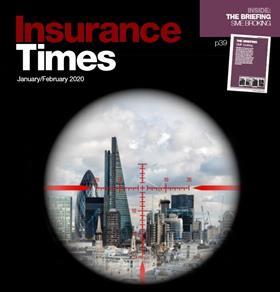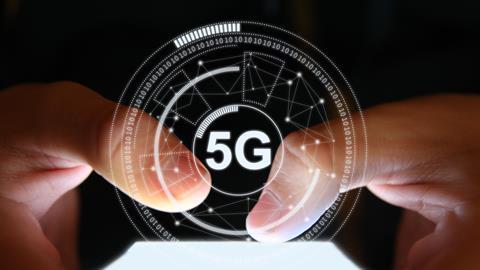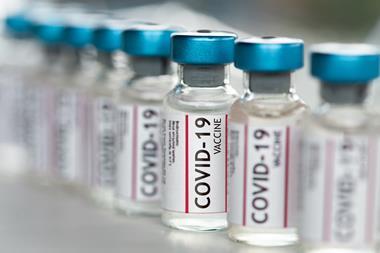Mark Lawrence, underwriting development manager – technology at Travelers discusses the widespread adoption of the forthcoming new communications technology and how it will bring gamechanging speed and capability to mobile devices – and also lots that insurers need to be aware of
Could the 2020s be the decade of 5G? It’s a key prediction in a new report from the International Underwriting Association’s Developing Technology Monitoring Group.
The report, New Year, New Tech: What will insurers be asked to cover in 2020? includes insights from Amelia Kallman, a futurist, author and speaker who advises businesses and government organisations about new technology. Kallman sees 5G ushering in both opportunities and challenges for the organisations that will deploy it and insure it.

The need for speed by providing Internet speeds about 100 times faster than those of 4G networks, 5G can enable lightning quick uploads and downloads, make mobile connections more reliable and enhance the quality of virtual communications.
While the deployment of 5G wireless networks began last year, the technology continues to be phased in around the world through wireless carriers. Industry analysts believe it has the potential for technological change much like how the launch of the Internet and, later, smartphones, changed how people communicate and access information.
To put into perspective, 5G may make it commonplace for companies to hold virtual meetings by gathering 3D holograms of employees from around the world.
The number of devices connected through the Internet of Things could expand broadly, while communication across those devices improves.
Self-driving vehicles could be adopted more widely as 5G data speeds mimic human reflexes and insurers can access real-time data that demonstrates how these vehicles operate on the road.

Connected medical devices that enable the remote monitoring of a patient’s health could ease that patient’s recovery and make best use of the medical provider’s time.
Cities could become ‘smarter’ as they adopt sensors and other devices that reroute traffic to prevent congestion or monitor the safety of water pipes and other infrastructure.
More broadly, 5G could elevate economies around the world: A 2019 study from IHS Markit predicts that by 2035, 5G will create 22 million jobs and generate $3.5tn (£2.6tn) in economic activity globally.
Anticipating exposures Of course, these advancements carry risks that insurers will need to partner with clients to assess and manage as the technology becomes more widespread.
There is concern that 5G has the potential to interfere with satellite communications related to everything from weather prediction to aviation.
A broad expansion of devices capable of transmitting data in real time and taking responsive action could also make 5G technology vulnerable to tampering, raising security challenges.
Connected medical devices could introduce potential exposures related to personal injury and data security. Finally, there is ongoing debate and scientific study about the potential for health problems as result of exposure to 5G radiation.
The evidence, while inconclusive to date, could yet uncover risks for businesses and other organisations to consider.
As 5G is deployed across more communities and devices, communication between insurers and clients will be especially important.
Change happens at a dizzying pace in the technology industry, and insurers need to underwrite risk in accordance with the data currently available. The more we know about the risks, the better we can tailor cover to manage developing exposures.

Hosted by comedian and actor Tom Allen, 34 Gold, 23 Silver and 22 Bronze awards were handed out across an amazing 34 categories recognising brilliance and innovation right across the breadth of UK general insurance.



















































